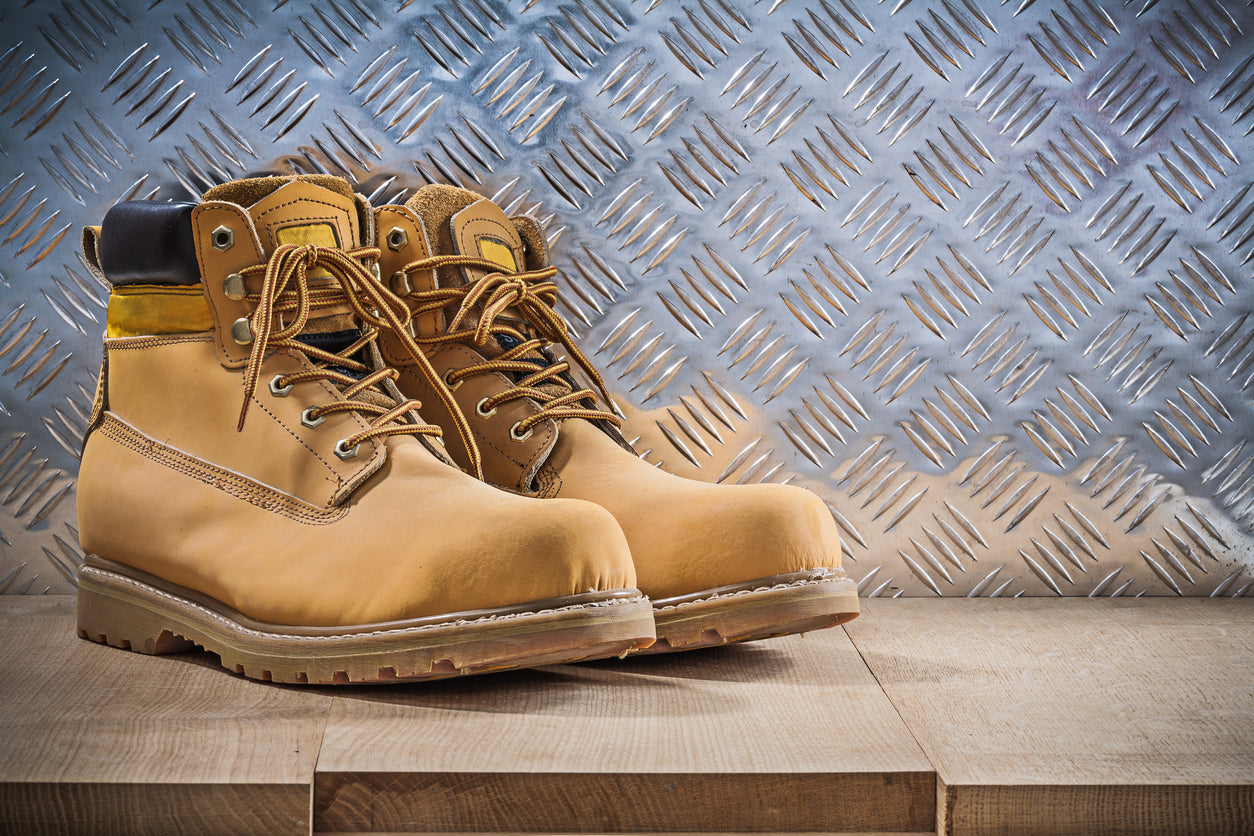Introduction
Work safety boots are not just footwear; they are a crucial component of personal protective equipment (PPE) in various industries. In this guide, we'll delve into the essential rules and considerations surrounding work safety boots, ensuring that you are well-equipped to navigate workplace hazards while maintaining comfort and functionality.
Understanding Work Safety Boot Standards
Foundation of Safety: Compliance Standards
Work safety boots are governed by stringent standards to guarantee their efficacy. We'll explore the primary standards, such as ASTM (American Society for Testing and Materials) and EN ISO (European standard), that define the requirements for safety footwear.
The ABCs of Safety Ratings
Different workplaces demand different safety features. We'll break down safety ratings, including steel toe caps, metatarsal guards, and puncture-resistant soles, helping you choose boots tailored to your specific work environment.
Selecting the Right Safety Boot
Boot Types and Workplace Suitability
Not all safety boots are created equal. We'll examine various types of safety boots, from steel toe boots to composite toe boots, and match them to specific work environments, ensuring you make an informed choice.
Ensuring a Proper Fit
The effectiveness of safety boots hinges on a proper fit. We'll provide a step-by-step guide on measuring your feet, understanding width and size charts, and tips for trying on boots to guarantee a comfortable and secure fit.
Maintaining and Inspecting Safety Boots
Prolonging Boot Lifespan: Maintenance Tips
Safety boots, like any tool, require maintenance. We'll share practical tips on cleaning, inspecting for wear and tear, and storing your boots properly to maximize their lifespan.
Regular Inspections: Your Boots' Check-Up
Regular inspections are paramount for ensuring ongoing safety. We'll outline a checklist for inspecting safety boots, covering issues like sole integrity, laces, and any signs of damage that may compromise their protective features.
Integrating Safety Boots into Daily Work
Comfort Matters: Choosing Insoles and Socks
Comfort is a critical factor in wearing safety boots for extended periods. We'll explore the importance of quality insoles and socks, providing recommendations to enhance overall comfort and reduce fatigue.
Breaking in Your Boots: A Gradual Process
New boots can be stiff, and breaking them in is essential. We'll guide you through a gradual breaking-in process, ensuring your safety boots become a comfortable and reliable companion on the job.
Industry-Specific Considerations
Specialized Boots for Specialized Jobs
Certain industries have unique safety requirements. We'll highlight industry-specific considerations, such as electrical hazard protection, chemical resistance, and insulation, to address the diverse needs of various workplaces.
Conclusion
As we navigate the intricate landscape of work safety boots, it becomes evident that these are more than just protective gear—they are a vital investment in your well-being on the job. By understanding standards, selecting the right boots, maintaining them diligently, and considering industry-specific needs, you empower yourself to work safely and confidently.
Frequently Asked Questions (FAQs)
-
How often should I replace my safety boots?
The replacement frequency depends on usage, but a general rule is every 6 to 12 months or sooner if you notice signs of wear and tear.
-
Are steel toe caps necessary for all workplaces?
Steel toe caps are essential in environments where there's a risk of heavy objects falling or crushing your feet. Check your workplace safety regulations to determine the specific requirements.
-
Can I use safety boots for non-work activities?
While safety boots are designed for work environments, using them for non-work activities is acceptable. However, keep in mind that this may accelerate wear and reduce their lifespan.
-
How do I clean my safety boots?
Cleaning methods vary based on the boot material. Generally, use a soft brush to remove dirt, and follow manufacturer guidelines for specific cleaning instructions.
-
Are there safety boots suitable for both indoor and outdoor work?
Yes, there are versatile safety boots designed for various environments. Look for boots with features like slip resistance and waterproofing if your work involves both indoor and outdoor settings.

